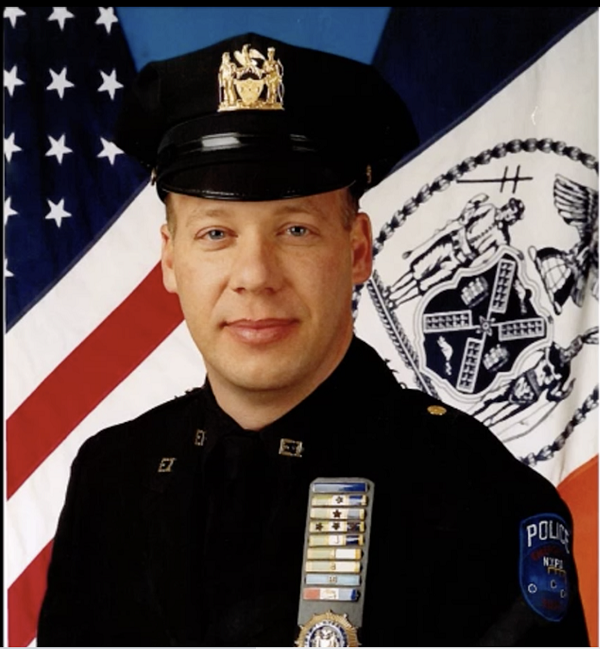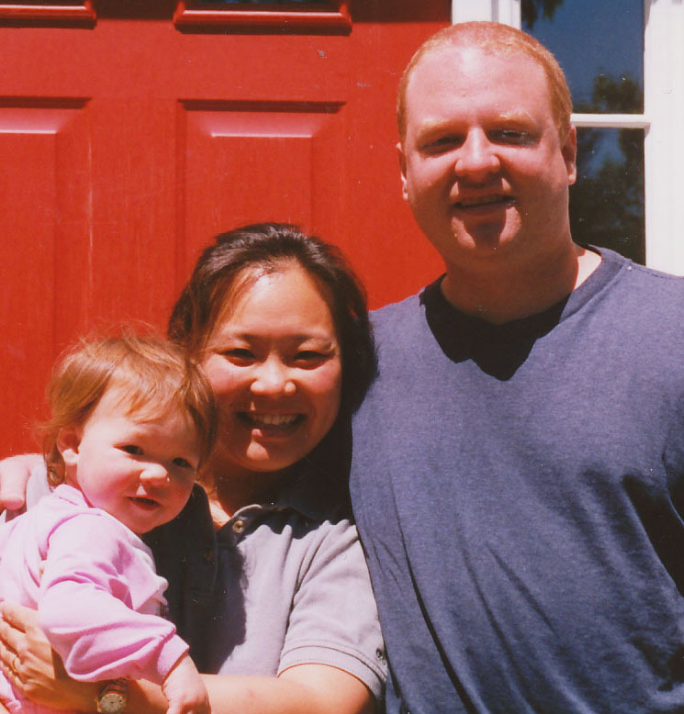Lila Nordstrom: Advocate for Affordable Health Care for Former Students
On Sept. 11, 2001, Lila Nordstrom was a senior attending class on the top floor of Stuyvesant High School, just blocks away from the World Trade Center. She felt the building shake and witnessed the explosion when hijacked Flight 11 was flown into the North Tower.
Her teacher, who had been there during the 1993 World Trade Center bombing, continued teaching through the collapse of the South Tower. Nordstrom left Stuyvesant just as the North Tower began to collapse and walked about ten miles into Queens, spending the night at a classmate’s house, before returning home the next day.
In the weeks after the attack, initial environmental reports led many to believe the air around Ground Zero was safe. After a partial cleaning, Stuyvesant High School reopened on Oct. 9, 2001. However, for Nordstrom and many other students, sinus and respiratory issues became common.
It would take years before exposures to the conditions near Ground Zero would be linked to health conditions such as gastroesophageal reflux disease (GERD) and rare cancers — conditions that would become expensive and difficult to treat. Witnessing such a devastating event and navigating the aftermath also impacted students’ mental health.
In 2006, as she prepared to graduate college, Nordstrom experienced significant obstacles with the health care system as she sought care for the toxic exposure she experienced at Stuyvesant, at one point being denied coverage by every health care plan in California.
In response, Nordstrom became an advocate for affordable health care for young adults impacted by 9/11 and the resulting clean-up. She contacted classmates through Facebook, lobbied politicians with survivor groups in Washington, D.C., and founded the organization StuyHealth, which helps to ensure former lower Manhattan students were among the groups receiving coverage under the James Zadroga 9/11 Health and Compensation Act. Today, StuyHealth focuses on communicating these benefits to a geographically dispersed alumni population.
Actively reaching out to politicians to advocate for herself and others is one way that Nordstrom has coped with what happened, and she wants students today to feel empowered to do the same. “You can approach them with things that matter to you, you don’t need to wait for the them to tell you what’s important,” said Nordstrom.
Nordstrom is one of four speakers who will share their stories for students and teachers across the country during the 9/11 Memorial Museum’s “Anniversary in the Schools” webinar on Sept. 11, 2018. For more information about this free program and to register, click here. The webinar is made possible thanks to generous support from the New York Life Foundation.
By Julianne Oroukin, School & Teacher Programs Coordinator, 9/11 Memorial & Museum
Previous Post
Searching for Survivors in the Aftermath of 9/11

On the morning of 9/11, Scott Strauss was on the train home when he heard over his Walkman that a plane struck the World Trade Center. As a detective with the Emergency Service Unit of the NYPD, he questioned how something like that could happen on such a beautiful day.
Next Post
Remembering the Hanson Family Garden

For Peter and Sue Hanson, giving their two-year-old daughter Christine an idyllic, rural upbringing was a priority.